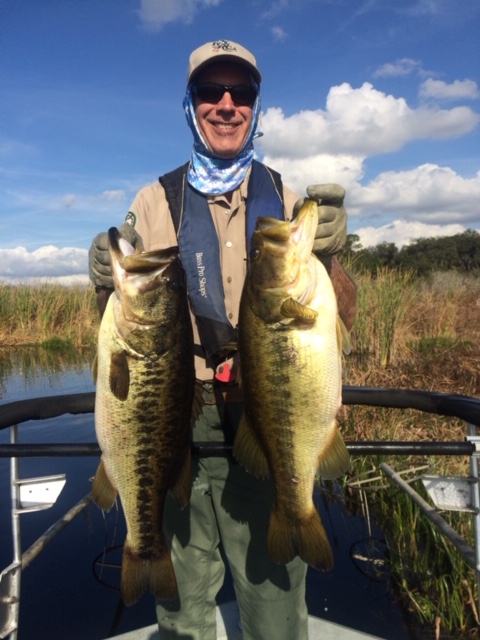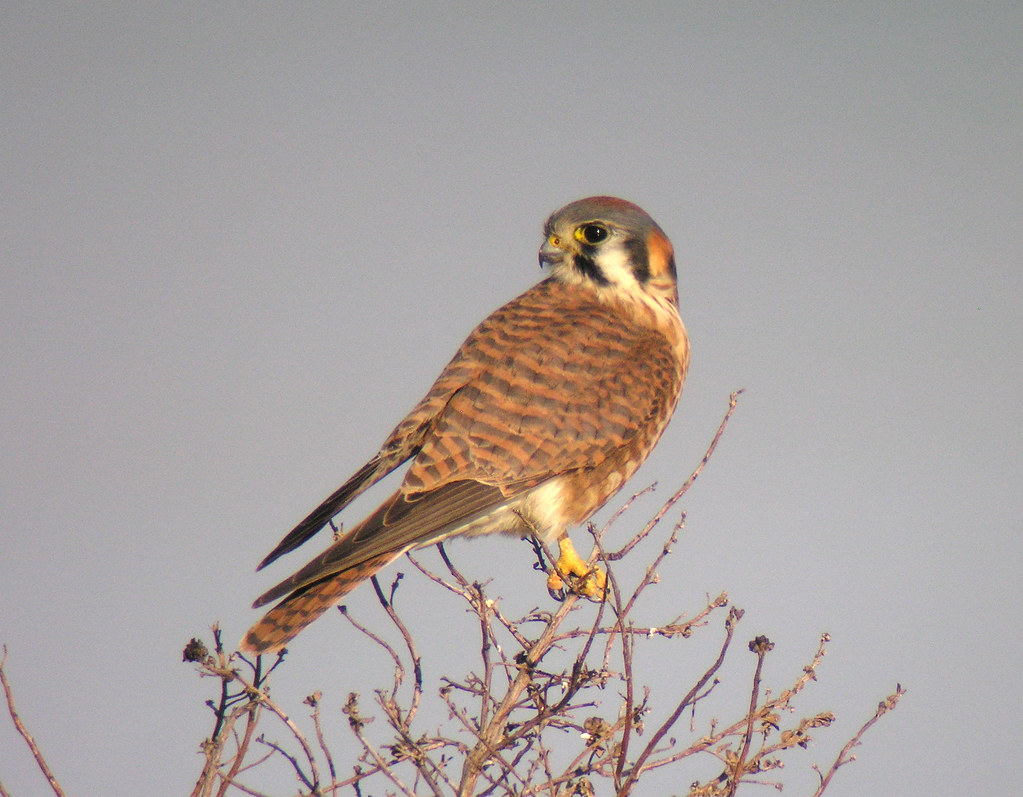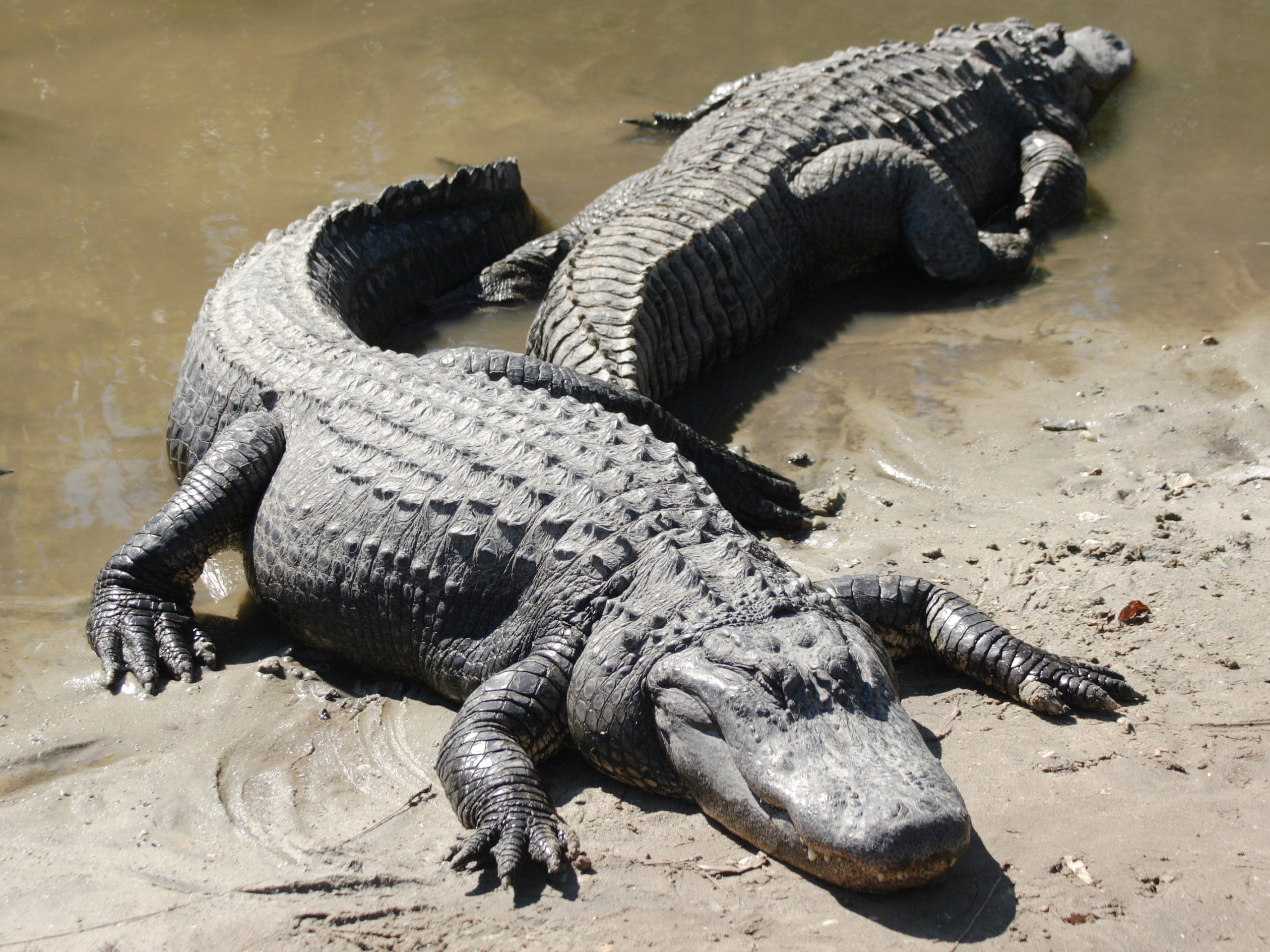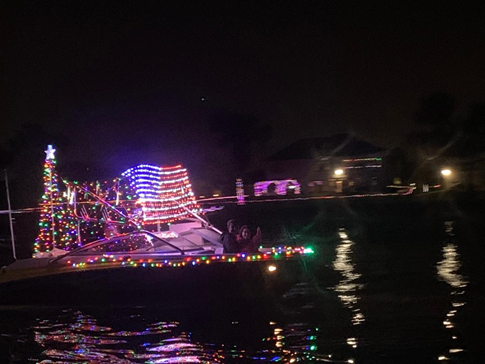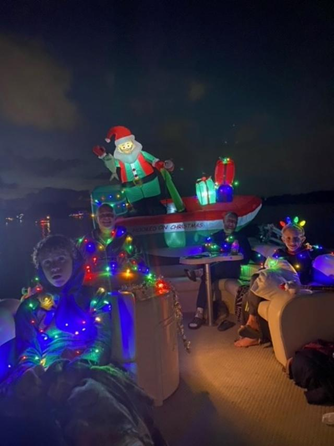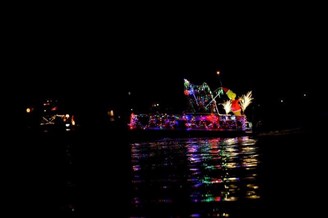March 7, 2021
Fishing Update March 2021-Spawning
John Schmidt
Guest Author: Jim Sweatman
In case you are wondering about the health of the fish and the impact of fishing during the spawning season, here is a response from our Fisheries Management Project Leader:
Bass in this area of Florida spawn between December – April the weeks before the full and new moons, versus a distinct narrow spawning window like they have “up north”. Furthermore, fish have a mechanism called “compensational mortality” which means if one nest fails for some reason then another has a higher survival.
Because of these 2 factors, our research has shown no impact of bed fishing or tournament fishing on the spawning or recruitment success of largemouth bass in Florida. Factors that do affect spawning/recruitment are: (1) food available to the young when they hatch and (2) cover available to hide from predators. Reducing nutrients from yard run-off via swales, getting houses along the shorelines hooked up to sewage rather than on septic, allowing for natural fluctuations in a lake based on hydrology rather than flood control, and proper aquatic plant management, are all factors that do impact spawning and recruitment success.
Our latest surveys show the bass population in Johns Lake is doing very well. Our annual report from last year is on our web page if you are interested.
We have not analyzed the data for this year, as we are still collecting it, but the bass fishery looks very good based on what we have so far. See pictures attached taken on January 21st and the 24th.
Sincerely,
Jim Sweatman
Fish Orlando Project Leader/TrophyCatch Assistance
Division of Freshwater Fisheries Management (NE Region)
Florida Fish & Wildlife Conservation Commission
321-231-9593 (m)
jim.sweatman@myfwc.com
myfwc.com/fishorlando
